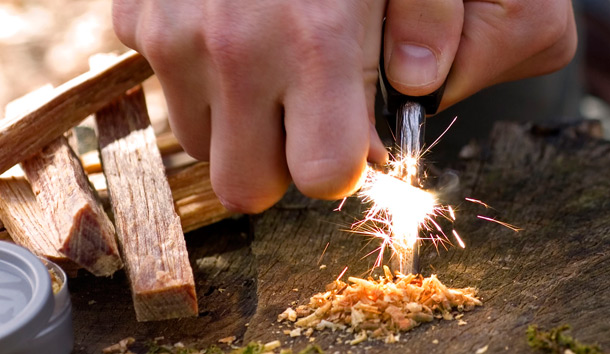“Want to do the advanced version of this (yoga) pose?
Smile.”
Each year, Jamie and I gather with one of our tribes for a few days of fellowship, learning, and rejuvenation. We belong to the BK Authors Cooperative, which hosts an annual retreat packed with rich conversation, singing, idea sharing, hugs, and a whole lot of fun. I’m still blissed out after our time with these folks last weekend in Minneapolis.
Each year, we deepen relationships and discover new friends. We fall a little more in love. And this year, among the gifts I came away with was a renewed appreciation for the power of the smile.
For whatever reason, I especially noticed the people who always seem to have, as Thich Nhat Hanh describes it, “a tiny bud of a smile.” It’s not like they walked around grinning all the time or only lit up when they passed by. As Isaac Barrow says, they looked to be “smiling always with a never fading serenity of countenance.” Their expressions were pleasant, curious, happy — and I know from conversations that their lives have been as complex as anyone’s, with pain, rejection and feelings of being overwhelmed.
This “natural smile” is something I notice in other people, too, even passing strangers. In particular, I notice how I feel when I see them. Spirit lifted, always lighter.
One of the privileges I have at this retreat is teaching an early morning yoga class. Last year, as people’s thighs were quivering in chair pose, I stole the quote above that my teacher, Mary Bruce, frequently uses. I’ve probably heard her say it hundreds of times over the years. It always elicits a smile and just like that, I feel lighter in the pose. At the authors retreat this year, one of the yoga regulars told me that quote had stayed with her all year. She shared it with her yoga teachers at almost every class she had taken.
In his beautiful book Peace Is Every Step, Thich Nhat Hahn writes, “If in our daily lives we can smile, if we can be peaceful and happy, not only we, but everyone will profit.” That tiny bud of a smile “nourishes awareness and calms us miraculously.”
Scientific research underscores Thich Nhat Hanh’s premise, revealing the power of the smile on human happiness and well-being. One of the most significant studies, done by Robert Zajonc, centered on the physiological expression of a smile — without attached emotion. He had people repeat vowel sounds that forced their mouths into various expressions. The long “e” sound stretches the corners of the mouth outward and the “u” sound forces a kind of pout. Zajonc’s published study reported that subjects reported feeling good after making the long “e” sound and bad after making a long “u.” The study is among many that reveals the cause-and-effect of stretching your lips into a smile and the power that has to change mood and outlook.
I want to cultivate that constant “tiny bud” that naturally blooms into contentment. So I’m going to try a science experiment of my own. I am going to try and hold the long “e” vowel sound in my mind.
Maybe you want to try, too. Maybe if we do it together, we can make the world just a little lighter by creating the smile eeeeeeeeternal.







